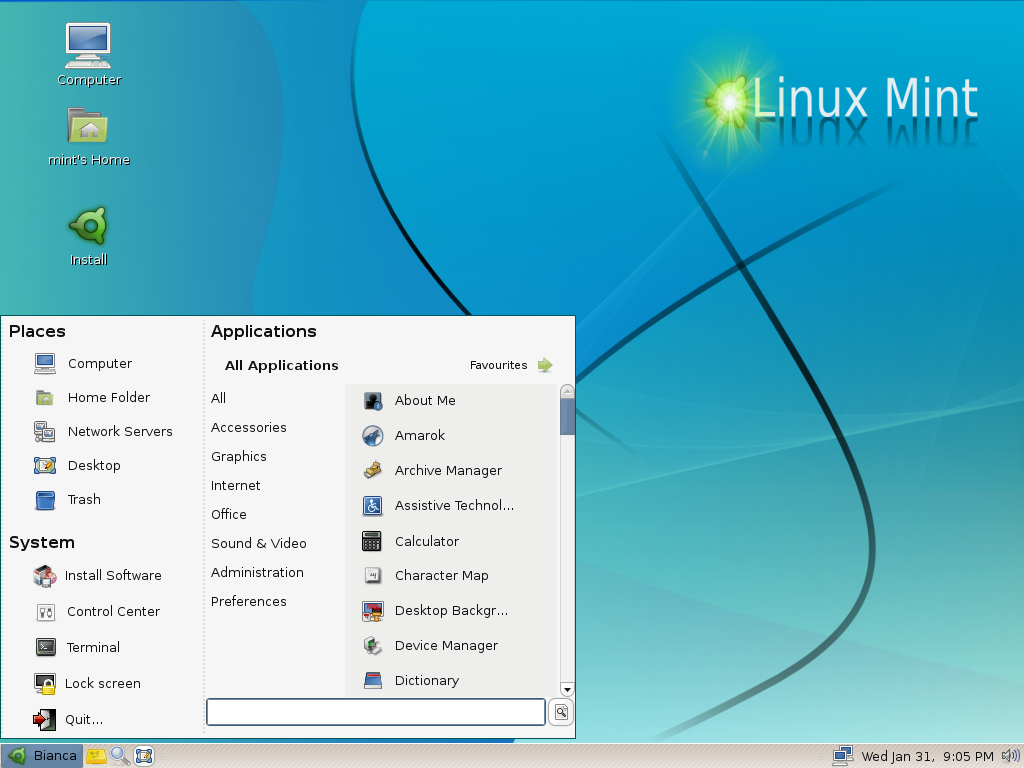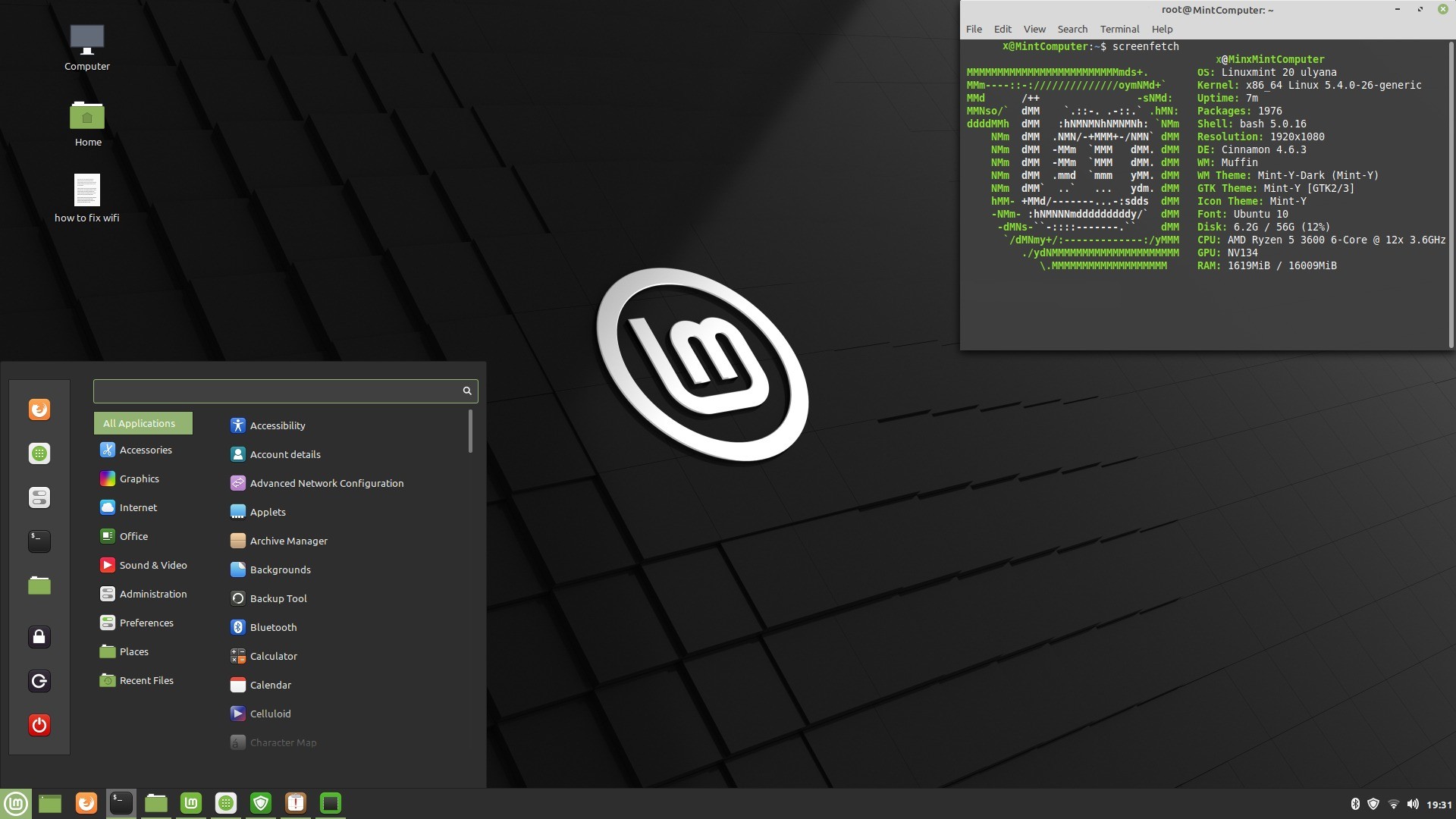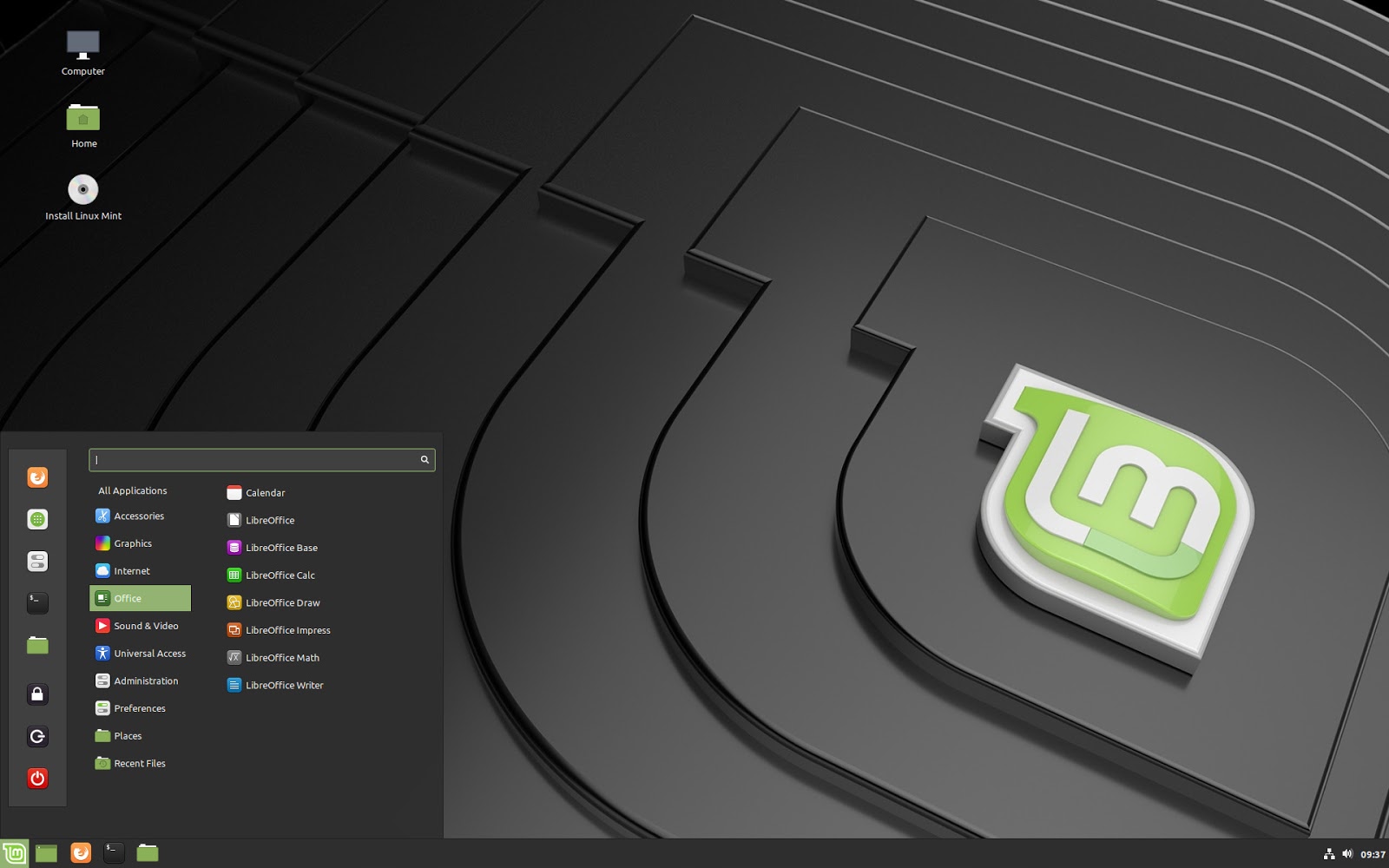
Most distros build in all the core applications so once installation is complete, you have most of the programs you need including Thunderbird, Libre Office, and more.Ī. Once that’s done, installation is quick and painless. The hardest part I often encounter is getting the USB key loaded with the distribution I want to load. Linux is now easier than ever to install. With Linux, there are no drivers to load – it just works. Gone are the days of spending days going through documentation trying to figure out how to get your WIFI card to work. Most all hardware works and core/third party drivers work amazingly well now.

As I stated earlier, Linux has made amazing strides in terms of hardware support. 10 Reasons to Consider Linux for Your DesktopĪ. So what’s still wrong with Linux? Before I get into the bad, let’s take a look at 10 reasons you may want to consider Linux. In this area, I am impressed! Linux has really done an amazing job in the past few years of making sure your WIFI adapter works and you can print to your local and network printers. I decided to load it both on a Dell XPS and Acer Spin 5 to get a sense of how far Linux hardware support has come. This last time I loaded Linux Mint, it found and detected all my hardware perfectly. I tried this again 3 months ago and made it about 2 ½ months before I gave up and reloaded Windows in defeat.ĭon’t get me wrong, Linux has made some impressive strides in terms of hardware compatibility, printing, networking and overall general compatibility. About every 3 years or so, I blow away one of my laptops and load Linux Mint or whatever distro has the most promising desktop and make a concerted effort to permanently move away from Windows. Yes, Google has their OS but it’s not on the scale or level of Windows or Mac.

I would love to see a 3rd player come into the market and really truly challenge Microsoft and Apple for desktop dominance.

Before I get too deep into this article, I am a big fan of Linux and the concept behind Linux.


 0 kommentar(er)
0 kommentar(er)
